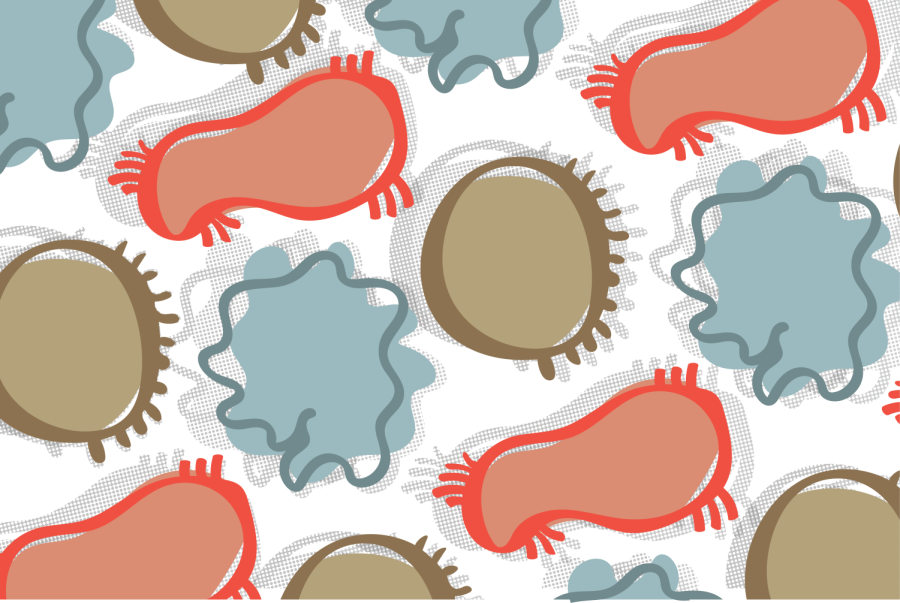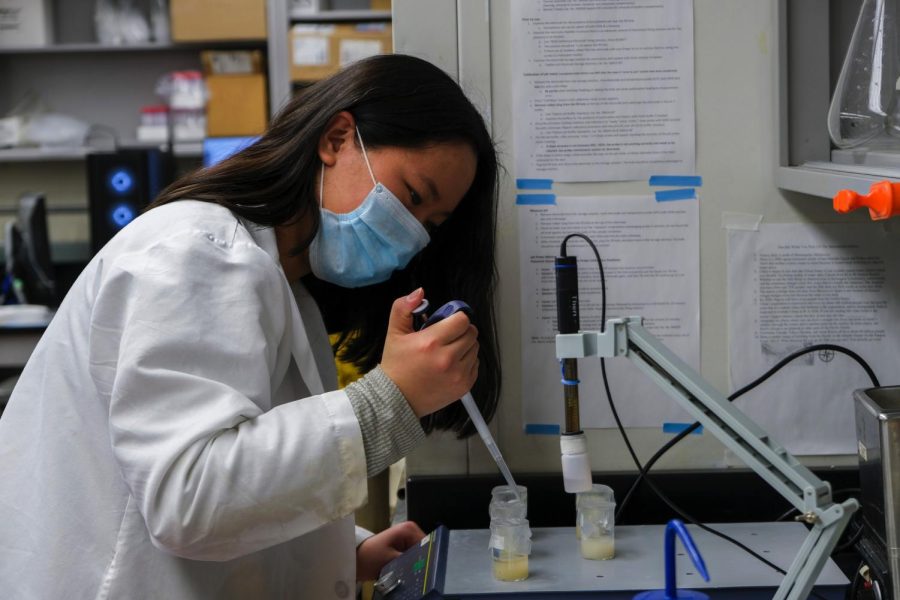A University of Minnesota study found that women bring home more prescribed opioids than they need after giving birth.
The study, which was published last month, analyzed medical records from six hospitals across the country to show that physicians generally send 75 percent of women home with a surplus of pills. According to researchers, without a standard guideline to follow, physicians are prescribing different amounts of drugs across the country for the same thing.
“The next step we need to do is find out how many pills patients are using,” said Cresta Jones, a co-author of the study and a University associate professor in the Department of Obstetrics, Gynecology and Women’s Health.
By providing a set range for how many pills a patient should be given after birth, medical students will be able to question whether a patient asking for more is at risk, she said.
“Our hope is that the residents will leave here seeing that when we cut down the amount of opioids that people go with, they do just as well,” Jones said.
No standard guideline currently exists for prescriptions after birth.
“I think it’s just not something we thought about before,” she said. “The thought process never continued to ‘what if a person becomes dependent on these?’”
A good standard guideline for this would be to look at how many pills a woman needs 24 hours after delivery and assess her pain tolerance, Jones said.
“If you do a standard of everyone needs 10 pills, we know this doesn’t work,” she said. Instead, they’re trying to offer more individualized care.
Additionally, opioid awareness training and nationwide guidelines are important, Jones said.
Oxycodone is one of the opioids most prone to abuse, she said.
“[For] five of the six hospitals, that was a number one medication that people were going home with.”
Samantha Hoffman, a University assistant professor in the Department of Obstetrics, Gynecology and Women’s Health, was part of a series of quality improvement projects that looked at prescribing narcotics to patients after pregnancy called the QI collaborative.
By looking at the number of narcotics that patients received after discharge, they were able to decrease how many patients went home with prescriptions and the number of prescriptions others left with.
“Postpartum is such a … kind of high-risk time for women for other mental health issues as well, that that can put them a little more at risk,” Hoffman said, and women given a prescription for narcotics after a cesarean section are at increased risk for opioid dependence.
By providing patients with different pain medications, they’ll be able to limit how many opioids are at risk of being stolen or misused, she said.
“The fear people always had was you’d send women home and they’d be in pain and not have access to medications,” Hoffman said, and women are not calling back asking for more.
The medical system has a great opportunity to prevent opioid dependence, said Ruth Richardson, the CEO of Wayside Recovery Center, a treatment center for women recovering from addiction and trauma.
“One of the things that I think providers have the opportunity to do is to really take the guidance that comes from the American College of Obstetricians and Gynecologists,” she said. “They really are encouraging doctors to not lead with the opioids but with the other types of pain relievers.”
Common opioids prescribed to women after pregnancy include an OxyContin and Tylenol combination taken for pain called Percocet and Vicodin.
This approach is important because postpartum is a potentially vulnerable time, Richardson said, and can lead to things like depression.
“This is the exact definition of primary prevention,” she said.
Correction: A previous version of this article misidentified the drug Cresta Jones was referring to. She was referring to oxycodone.













